Working equipment - "assets" that need to be cherished
In the photography world, the name Pham Cong Thang is no longer strange. He is well-known for his beautiful photos displayed in solo exhibitions as well as those of the Vietnam Association of Photographic Artists. In more than 40 years of holding a camera, he has had 2 solo photo exhibitions along with a significant "fortune" of photos, and has won nearly 30 domestic and international photography awards.
In 2017, he published a photo book called “Wandering with Pham Cong Thang” which was highly appreciated by the industry. He also worked for many years as a journalist in Thanh Hoa and then moved to Hanoi to work as a reporter for Vietnam Aviation magazine. Pham Cong Thang shared that, for him, photography and journalism always go hand in hand. Journalism gives him a deep, multi-dimensional view of life, while photography allows him to approach a world that is both familiar and strange.
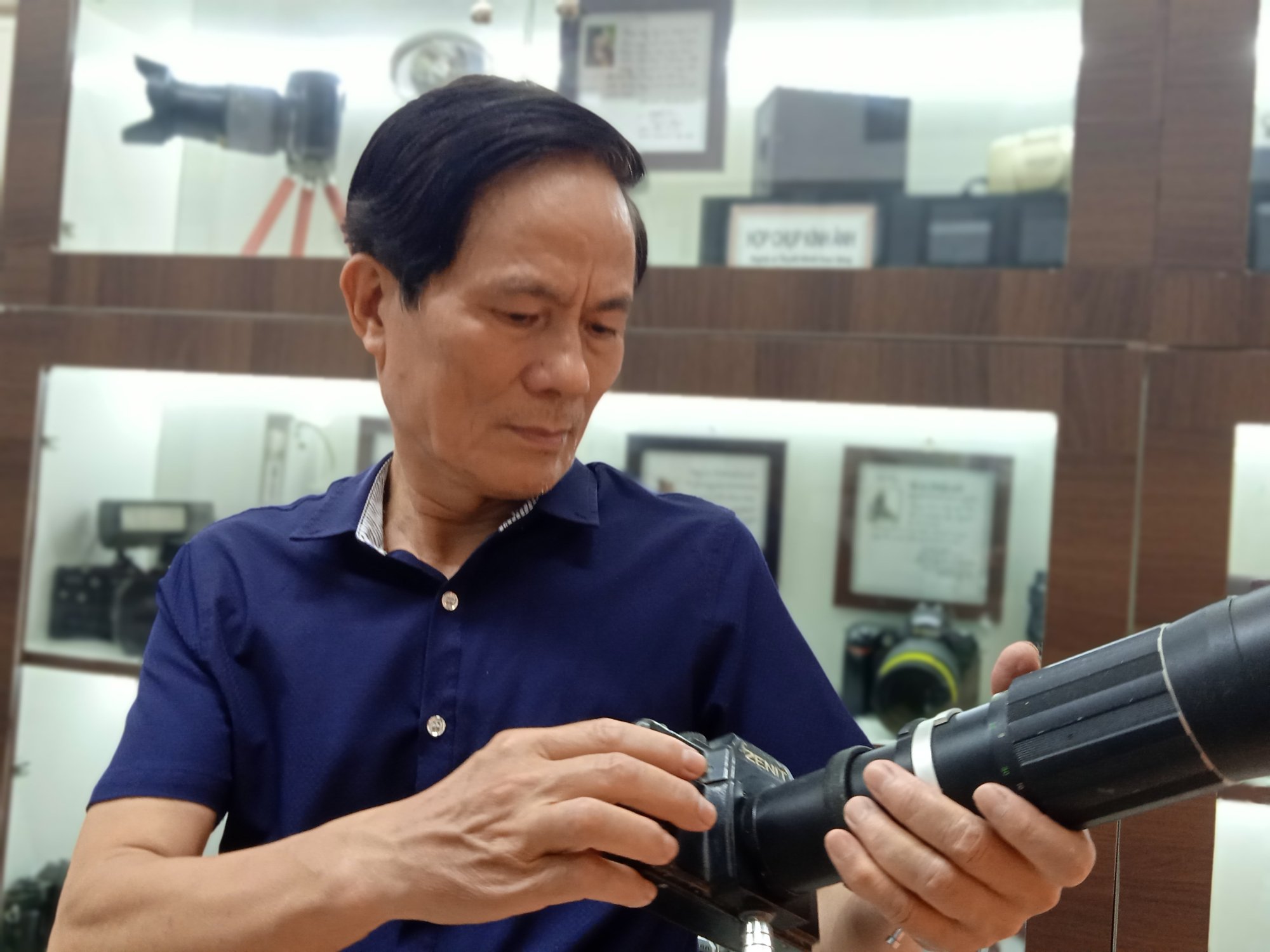
Journalist Pham Cong Thang and an artifact at the gallery "Photographic Memories".
Having spent decades working with photography as a photojournalist, using many types of equipment, Pham Cong Thang has always been haunted by the thought: Vietnamese reporters and photographers have left the country a huge legacy of highly valued works. Photographic works are often displayed, promoted, and known by many people, but the equipment and people who make those photos are always behind, rarely mentioned, told, or known to the public.
“The cameras that created those works are currently scattered in the families of reporters and artists across the country. If we can mobilize and concentrate them, they will become a valuable archive, meaningful to the history of Vietnamese photography.” Pham Cong Thang thought so and during the peak days of Hanoi’s fight against COVID-19, the project “Photographic Memory Gallery” was formed.
When Pham Cong Thang announced his idea on his personal Facebook page, many journalists and photographers immediately voiced their support. The enthusiasm of everyone surprised him. For months, he was busy receiving artifacts sent as gifts almost every day.
There were days when Pham Cong Thang had to receive many delegations and many people who came to give him souvenirs; some people who lived far away and could not come in person sent them by post; some sent him souvenirs that he had never known or met; some donated machines that they treasured very much, because they were souvenirs associated with the lives of their deceased relatives. They all trusted Pham Cong Thang, gave him the faith to let the vitality of these souvenirs spread throughout the community.
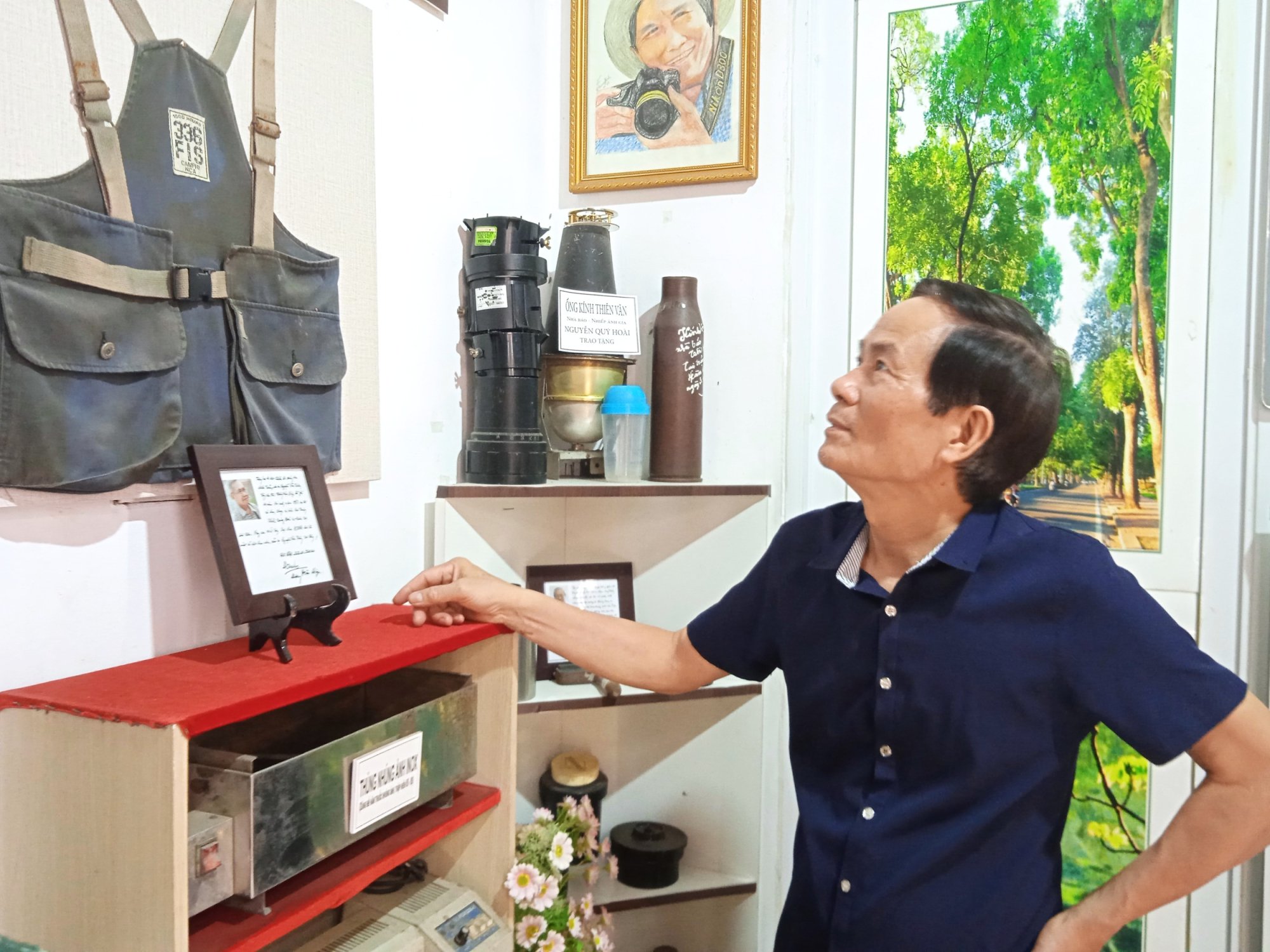
Journalist Pham Cong Thang introduces the shirt that reporter Nguyen Van Thong used when taking photos of Venerable Thich Quang Duc burning himself to death in Saigon, June 11, 1963.
“Initially, the idea of “Photographic Memories” came from my personal interests and needs, I just considered it a small hobby. But surprisingly, everything has exceeded my initial plans,” said Mr. Thang.
Now, the gallery “Photographic Memories ” has over 700 large and small artifacts, from antique cameras with glass, cameras with folding boxes, 35mm film cameras, digital cameras, instant cameras, positive film projectors, negative film scanners; darkroom equipment used to print and develop photos; photography accessories, film cameras... Pham Cong Thang does not remember clearly, but he estimates that there are over 300 artists, journalists, photographers... who have entrusted their mementos and trust to him.
Talking about the room that keeps valuable assets, Pham Cong Thang shared: “Photographic Memories” has now become a destination for many journalists, photographers, students and even people not related to the field of photography. During more than 30 years of working as a journalist, what I cherish most is the honor of preserving the memorabilia of my colleagues used when working in journalism, and photographers across the country.
Small spaces tell big stories
The gallery space “Photographic Memories” is located on the second floor of the house at 225A Dang Tien Dong with an area of about 30m2 , but is reasonably arranged so it is easy to observe the exhibits.
Still keeping the agile style of a young man, Pham Cong Thang introduced each object to the guests in a detailed, clear, coherent manner, as if he had "memorized" everything for a long time: This is the Pentax camera of journalist and photographer Hoang Kim Dang, which he used since 1972, taking pictures of General Vo Nguyen Giap on the battlefield and in 1980 at the General's home. With this same camera, journalist Hoang Kim Dang took portraits of many famous artists such as Nguyen Tuan, To Hoai, Do Nhuan, Nguyen Dinh Thi, Tao Mat, Trinh Cong Son...
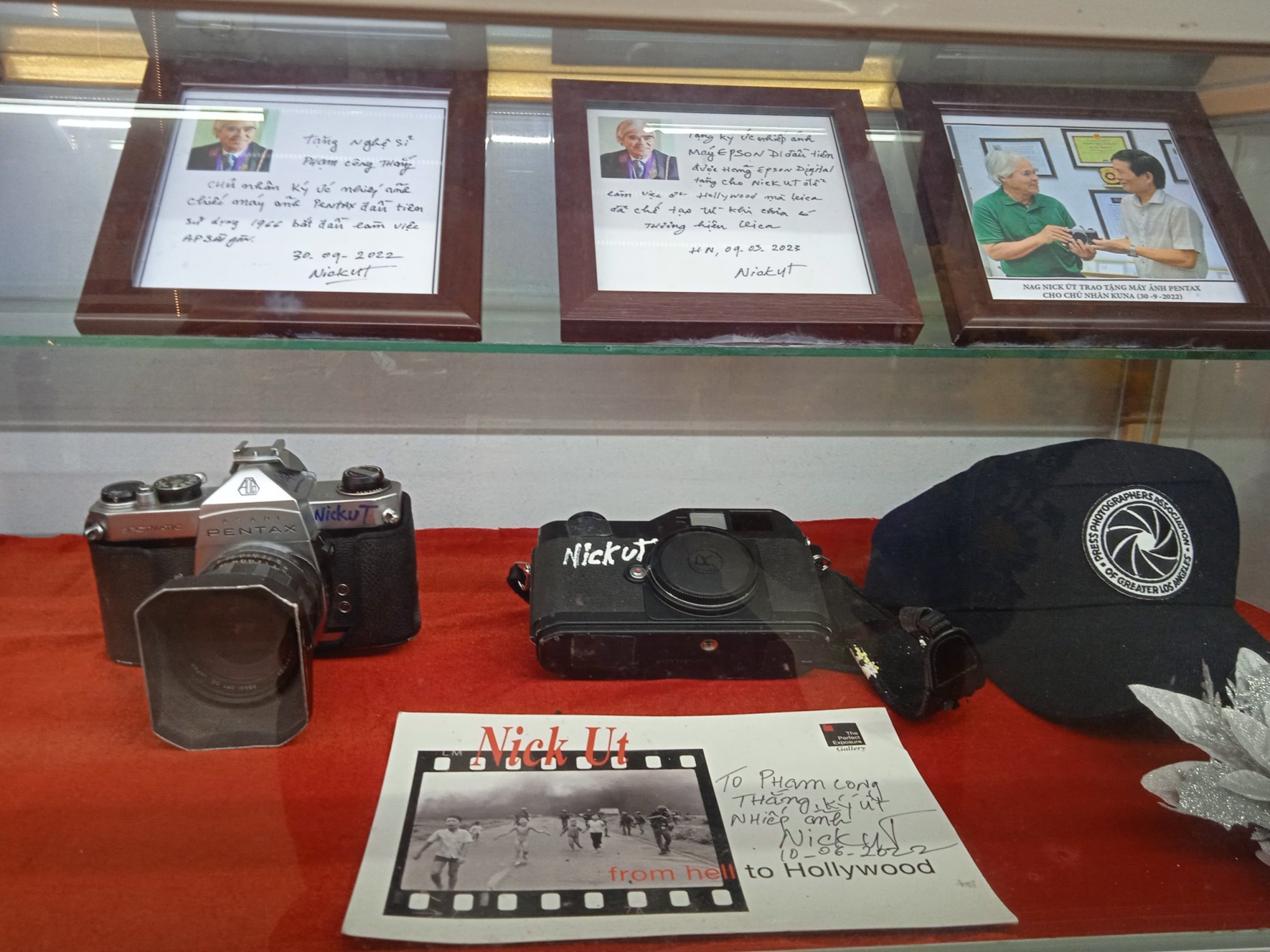
Pentax camera, working hat and photo "Napalm Girl" (1972) by reporter Nick Ut when he worked at AP News Agency.
And this is the D200 camera of Hero of Labor, photographer Tran Lam, former Vice Chairman of Kien Giang Province when he created the famous work “The Sun in the Mausoleum Shines Brightly” . This photo was once recorded in the guestbook of President Nguyen Minh Triet in 2008 and was purchased by Tan Tao Group for 1 million USD. Afterwards, the entire amount was donated to the Kien Giang Children's Fund, performing 500 surgeries for children with congenital heart disease.
“ This Horizon camera that can rotate in four directions was also donated by Mr. Tran Lam. The Nikon AF-F800S of Vietnam's number 1 nude photographer Thai Phien has taken photos of hundreds of beauties; this is the camera set that Professor Ha Dinh Duc used to take photos of the turtles in Hoan Kiem Lake...
This is a Profector Standard slide projector, manufactured in 1930, presented by former Deputy Director of the Government Office Nguyen Ngoc Binh. The machine is a souvenir from a German professor commemorating Nguyen Ngoc Binh's father. Since then, the machine has always been preserved and treasured by the family as a sacred link between generations. Recently, photographer Nick Ut visited and presented me with his first Pentax camera when he worked at the AP News Agency in 1966...”.
Pham Cong Thang shared that the difference between the gallery “Photographic Memories” and other places is that there is no “ grand” collection here. The artifacts are not emphasized on their rarity or “antiquity” , but the special thing is that they are not inanimate, silent objects but have their own lives. That is reflected in the name “Photographic Memories” , when behind each artifact are stories about specific people, professional marks in different situations.
To do this, when receiving each artifact, Pham Cong Thang asked the owner to briefly introduce the artifact. Then, he painstakingly wrote an introduction about the owner who gave the machine, along with their portrait, the model of the machine, the history of the machine, etc. so that visitors could better understand the artifact on display.
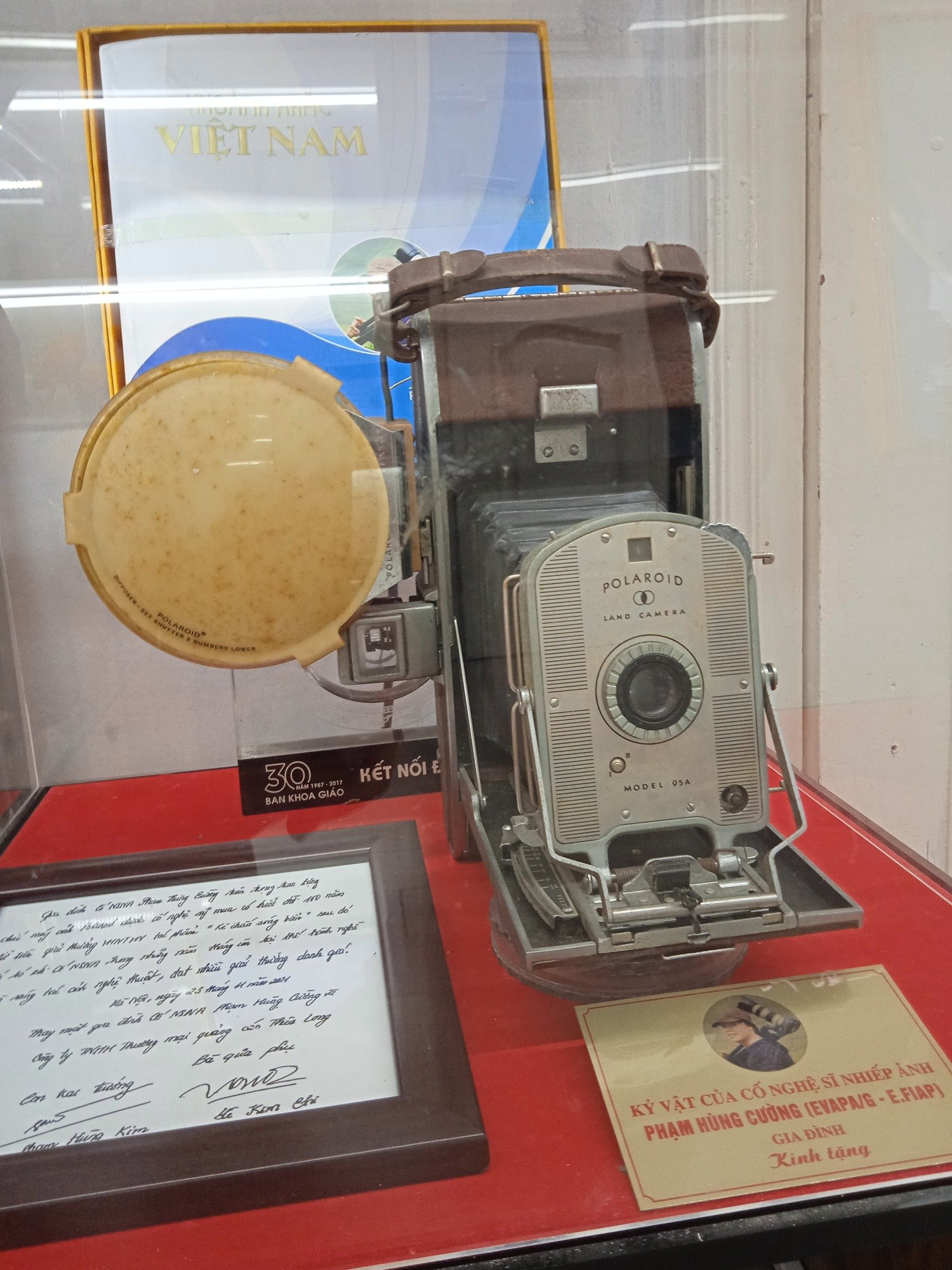
The 100-year-old Polaroid 95A camera was donated by the family of the late photographer Pham Hung Cuong.
“Each souvenir here is associated with a separate story, the life and career of journalists and photographers. It is also associated with a historical period, the marks of the times of our nation,” journalist Pham Cong Thang shared.
Pham Cong Thang added that currently, the number of artifacts is dozens of times more than he originally expected, which also leads to many problems such as limited display space; difficulties in storage and preservation, and at the same time makes him quite busy.
However, with the support of hundreds of people donating valuable artifacts, the encouragement and care of friends, journalists... including many people he had never met - that gave him more motivation to continue his idea, with the hope of contributing "something" to Vietnamese photography...
T.Toan
Source



![[Photo] Prime Minister Pham Minh Chinh receives Country Director of the World Bank Regional Office for Vietnam, Laos, Cambodia](https://vphoto.vietnam.vn/thumb/1200x675/vietnam/resource/IMAGE/2025/5/15/2c7898852fa74a67a7d39e601e287d48)

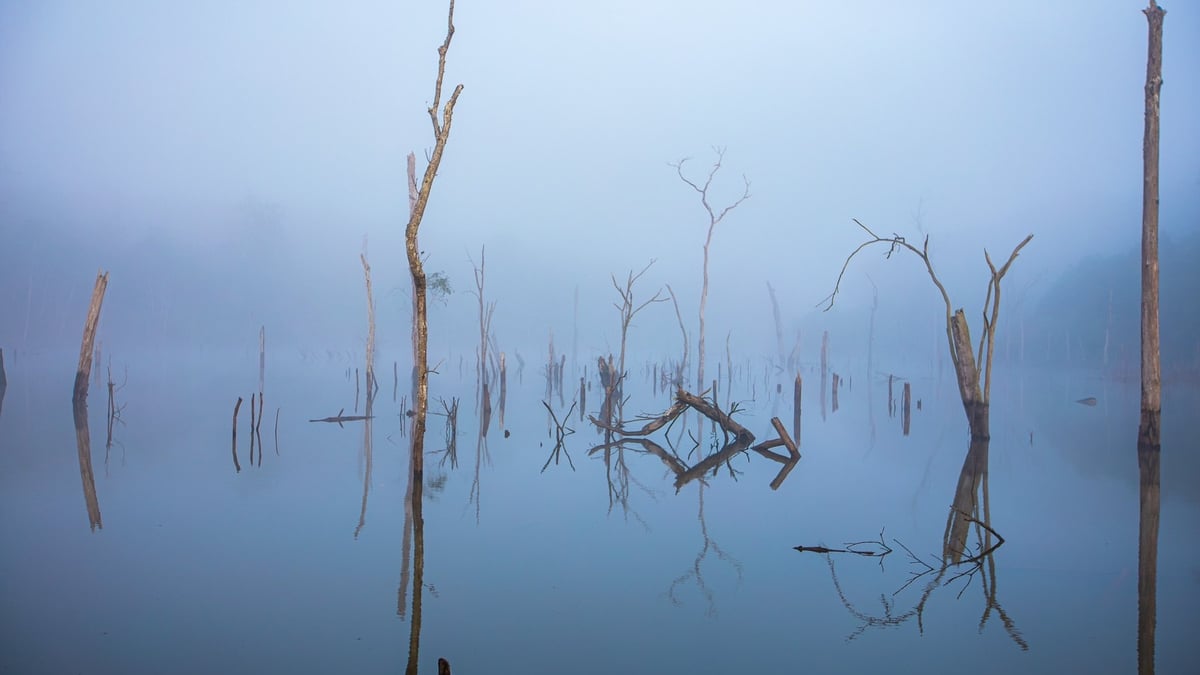
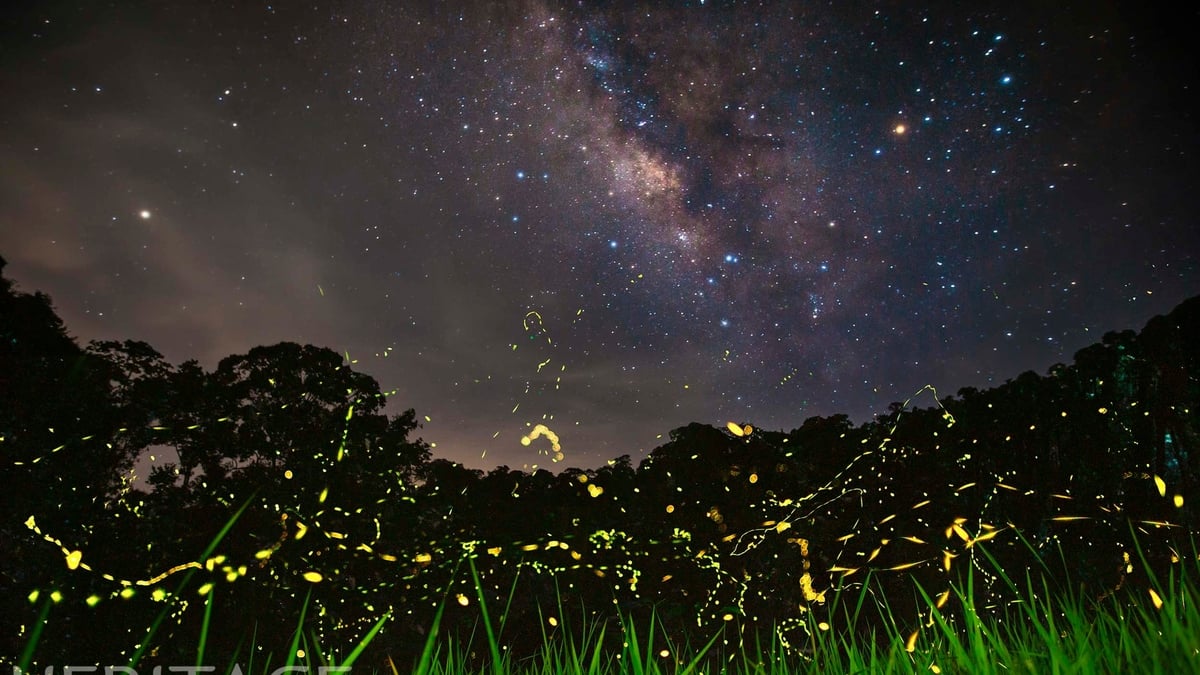
![[Photo] National Assembly Chairman Tran Thanh Man meets with Thai Prime Minister Paetongtarn Shinawatra](https://vphoto.vietnam.vn/thumb/1200x675/vietnam/resource/IMAGE/2025/5/15/e71160b1572a457395f2816d84a18b45)


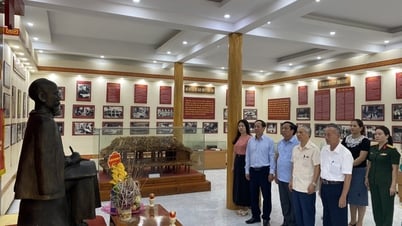


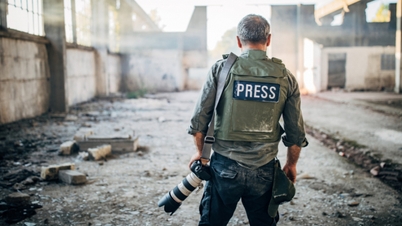






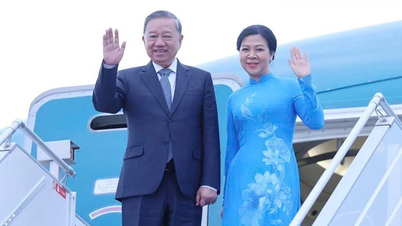

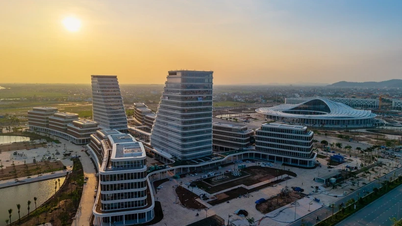
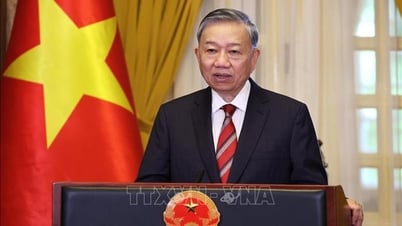





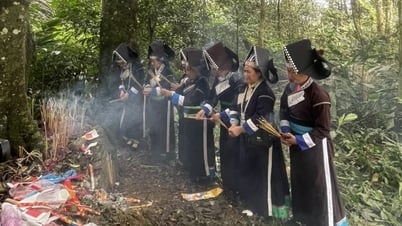
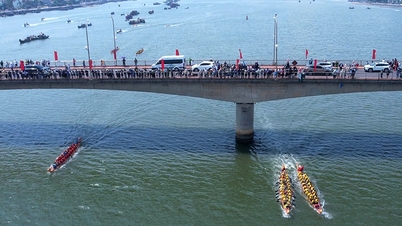
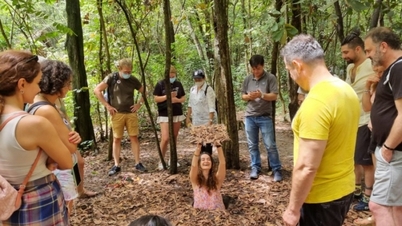

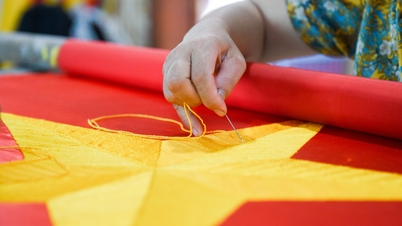

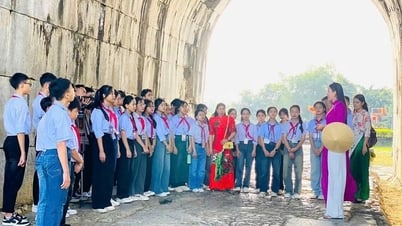

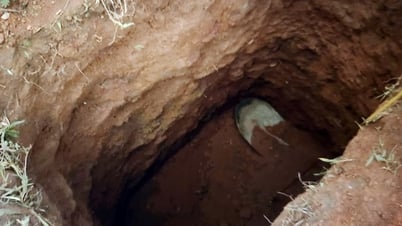
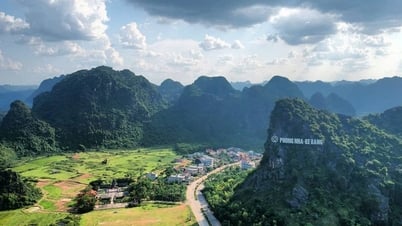

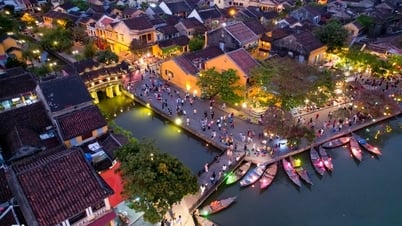

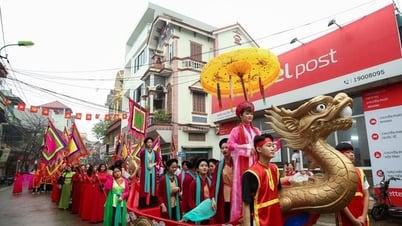

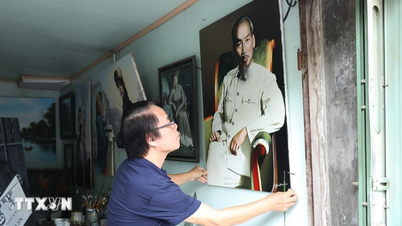
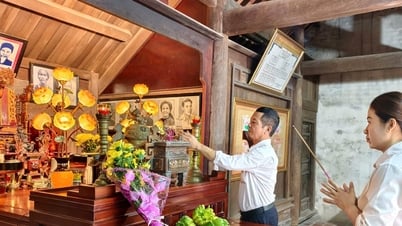

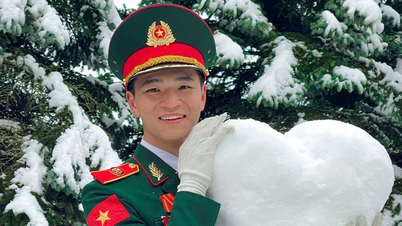



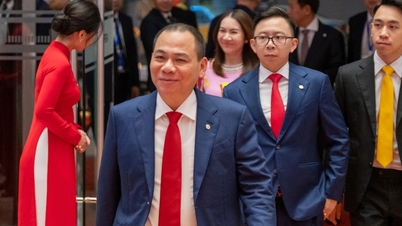
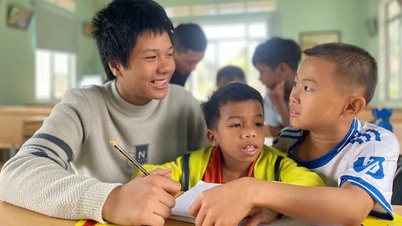










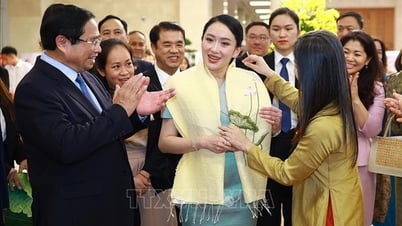
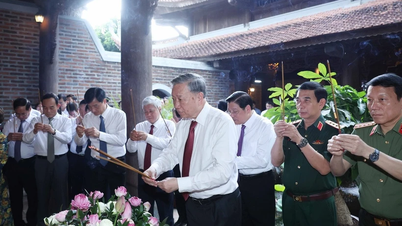
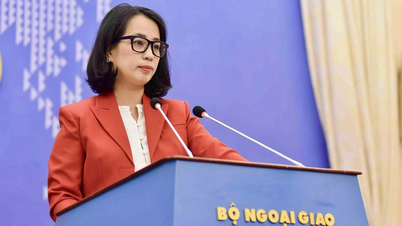

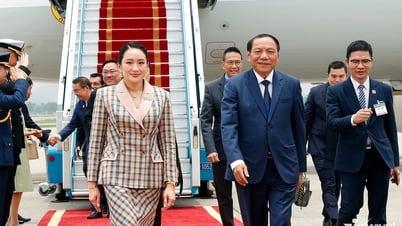
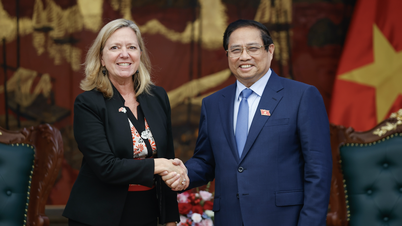

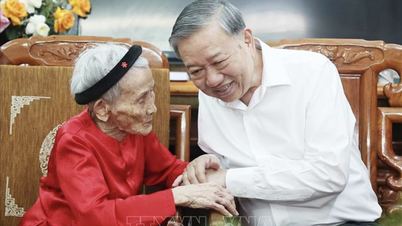


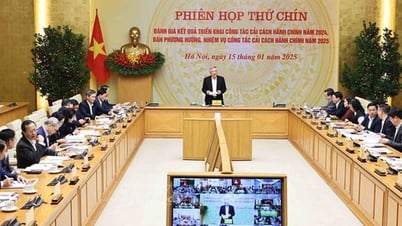
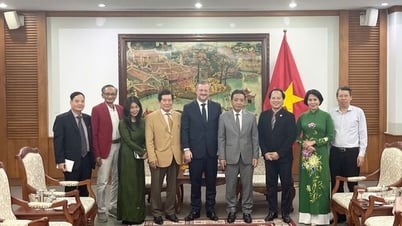
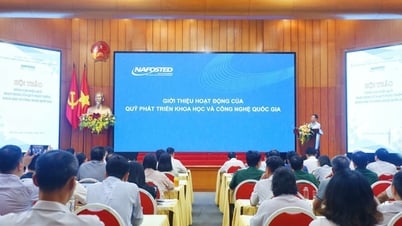

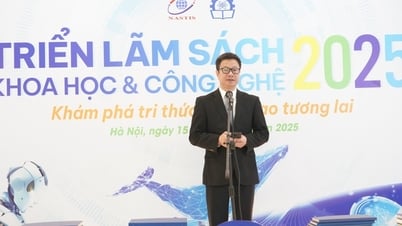
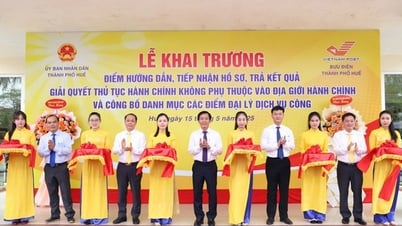


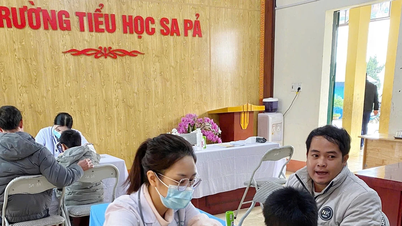

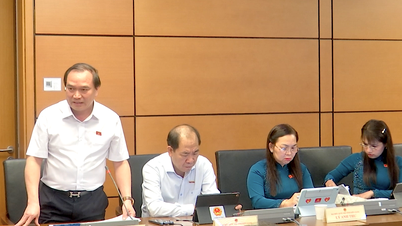

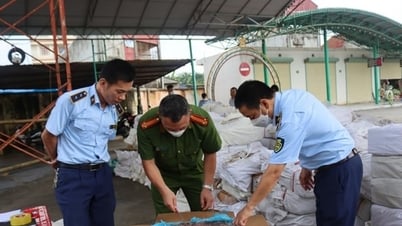


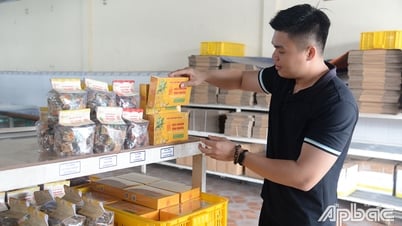

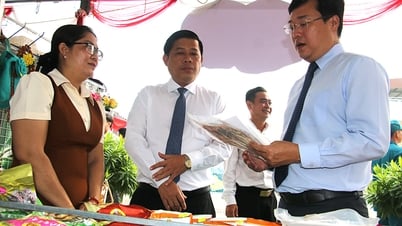
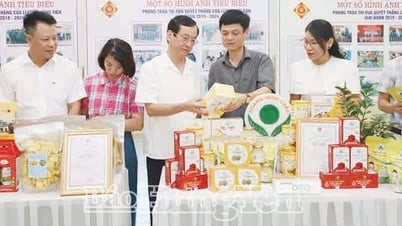

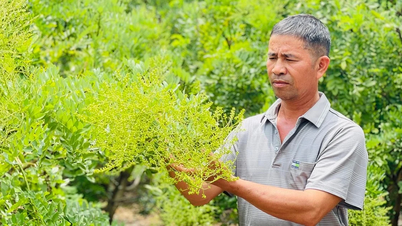

Comment (0)